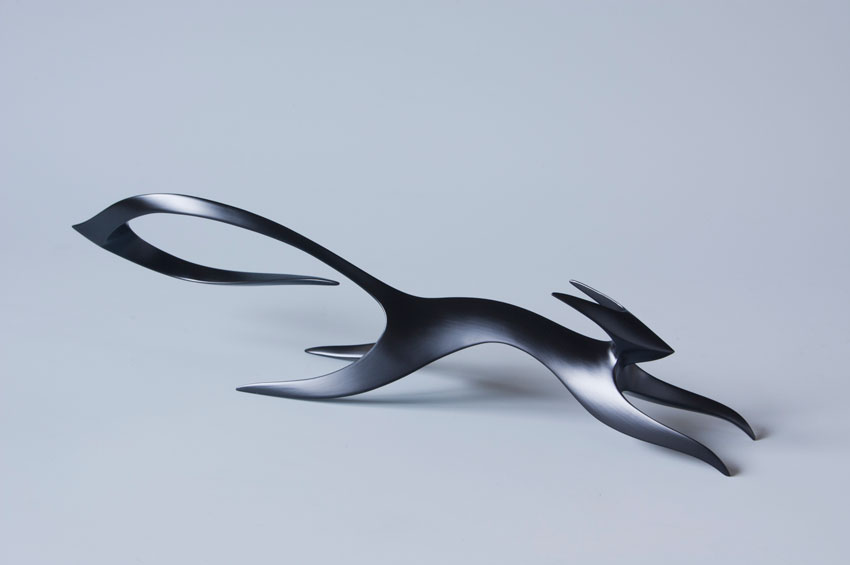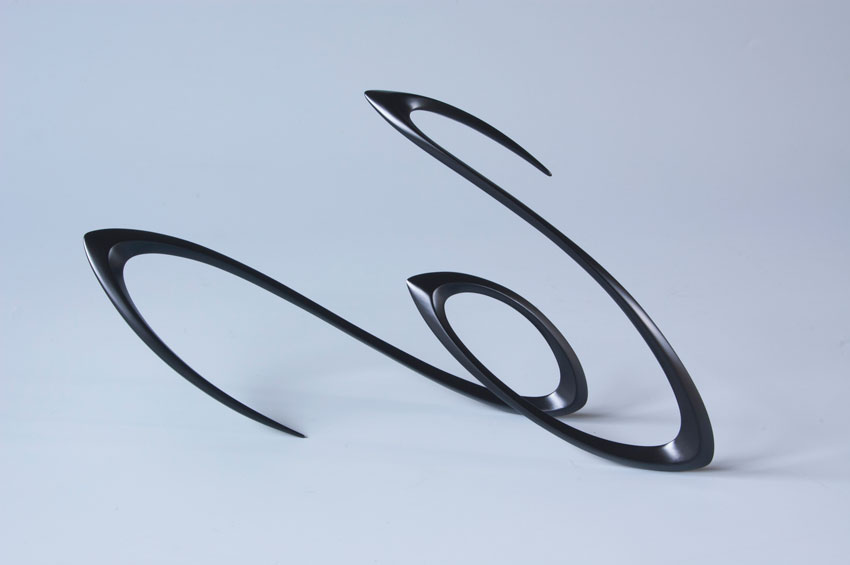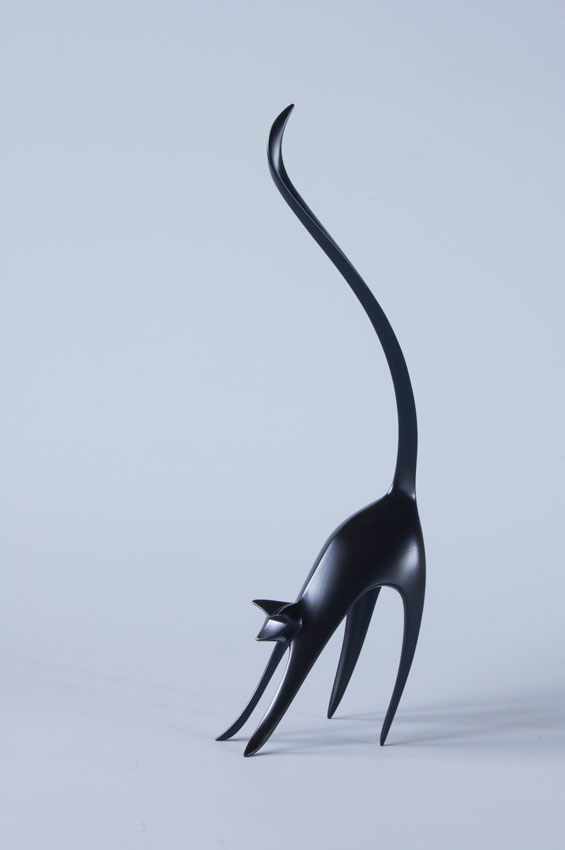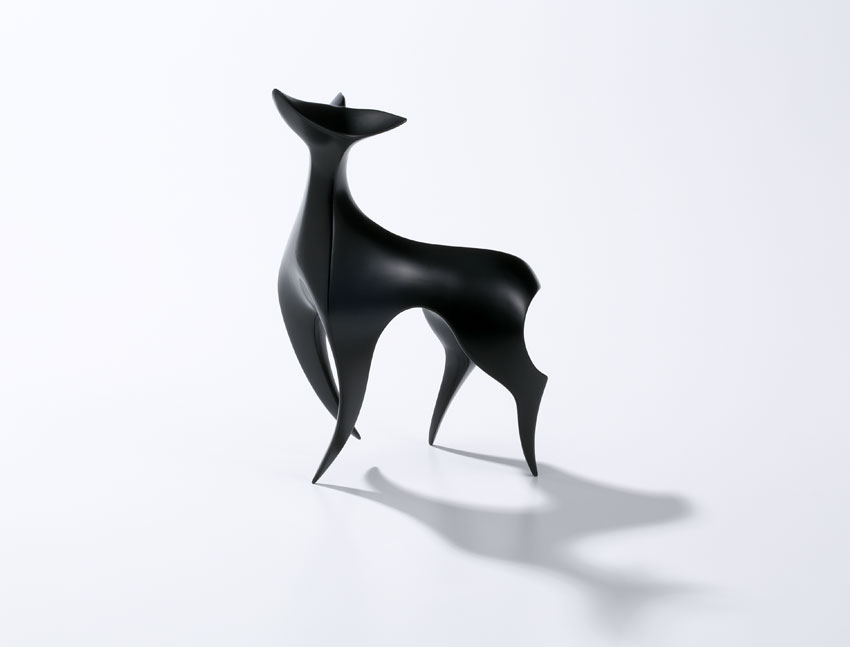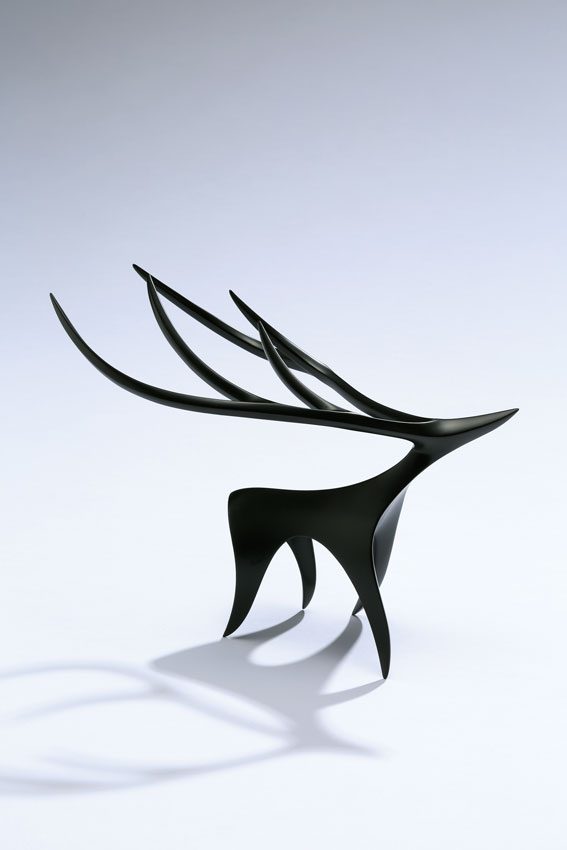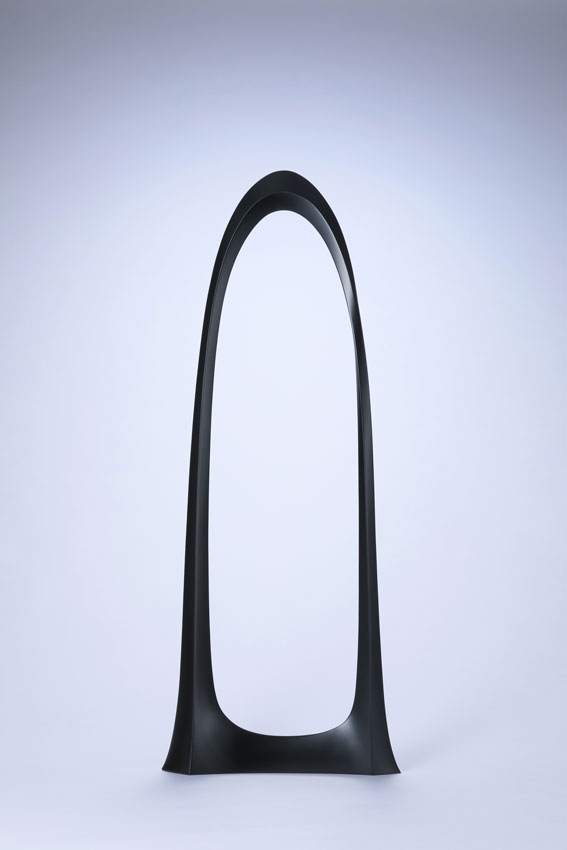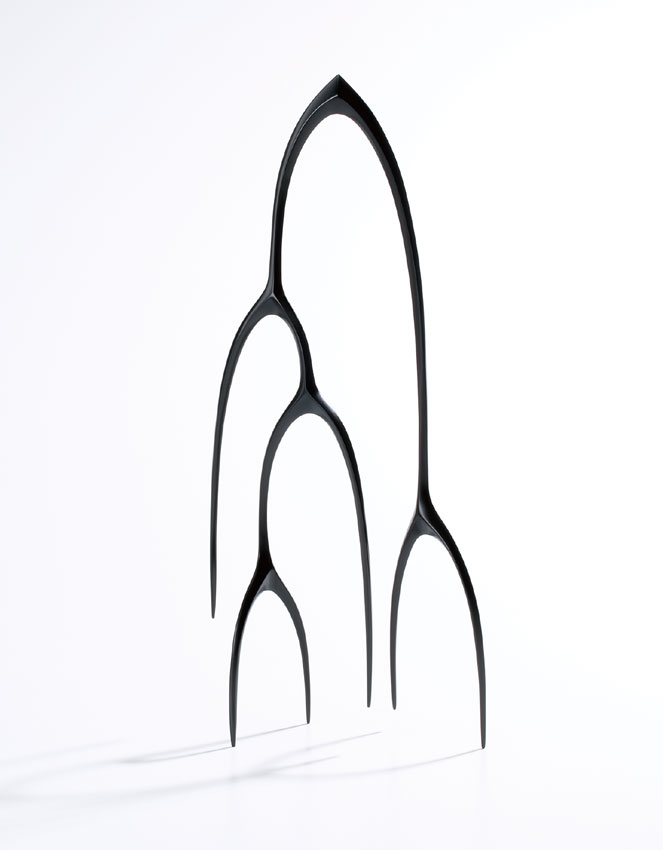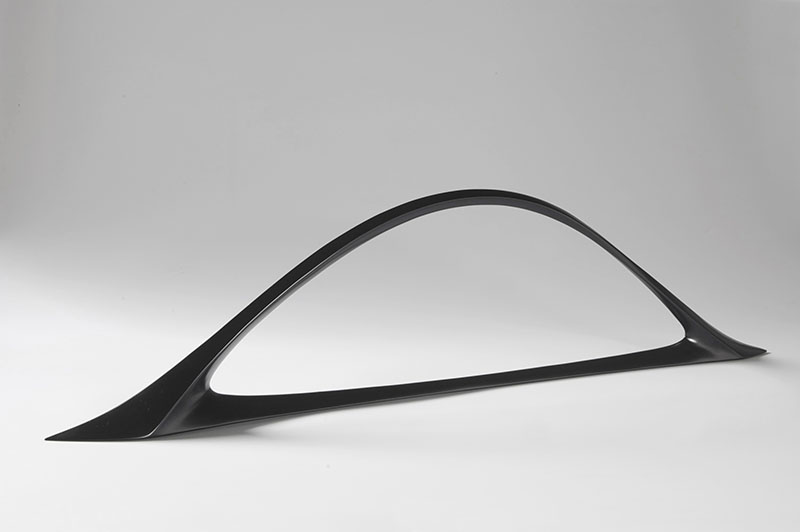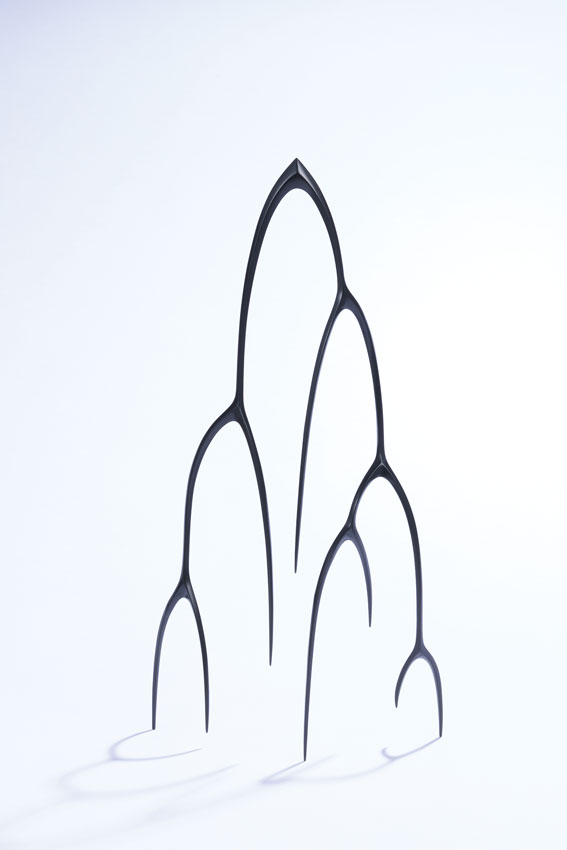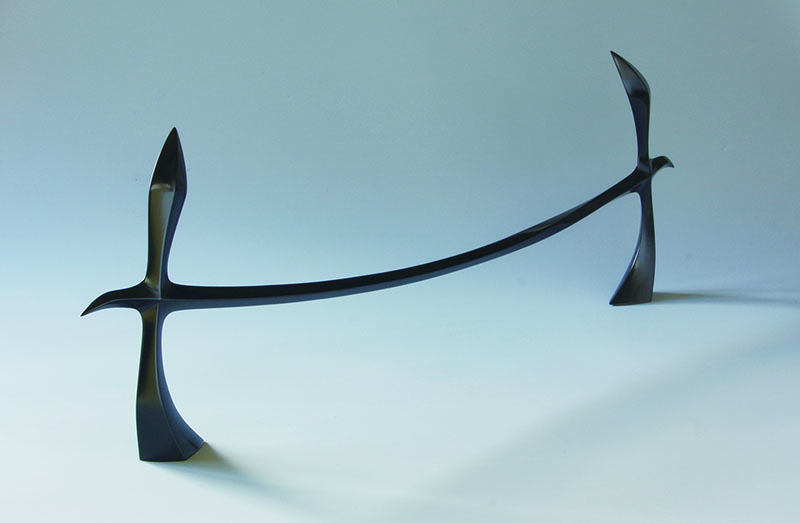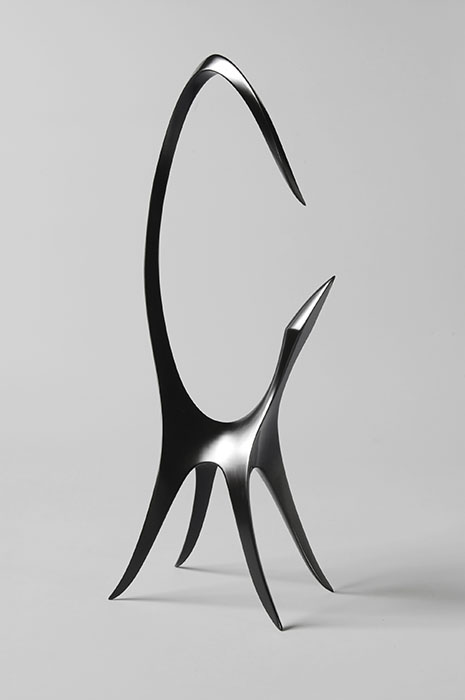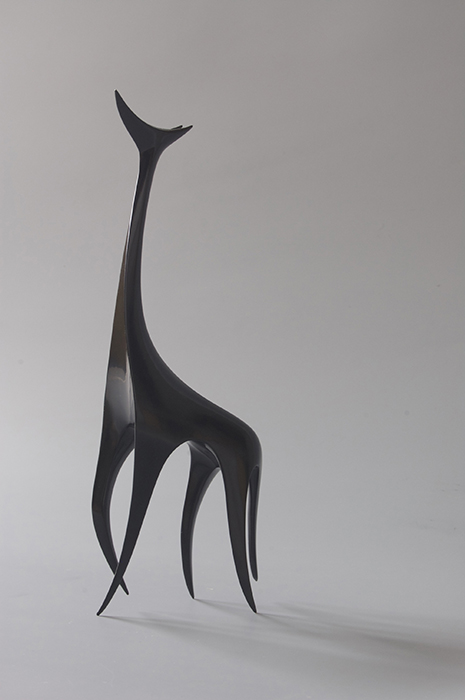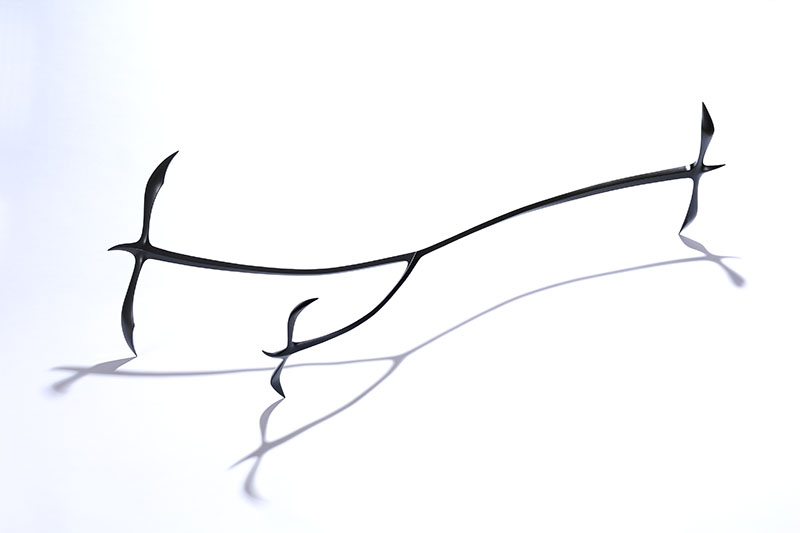2005 Graduated, Utatsuyam Craft Workshop, Kanazawa
2001 B.F.A. Kanazawa Collage of Art
1977 Born in Gunma
Solo Exhibitions
2022 PENSEE GALLERY, Gunma
2021 Nanto Art Museum, Toyama
2019 Kakiden Gallery, Tokyo ('15)
2018 Gallery Funa-asobi, Ishikawa
2015 Silhouette, Keiko Art International
2012 Silhouette ’12, KEIKO Gallery, Boston
2010 Urushi, ART WORK STUDIO An, Toyama
Silhouette, Gallery Ten, Kanazawa
2008 Ornamental Creature, Tokyo International Forum, Tokyo
Silhouette, Silver Shell Gallery, Tokyo
2006 KAGEBOUSHI, Art interactive, Tokyo
Group Exhibitions
2018 Expressions by Urushi Now, Nihonbashi Takashimaya, Tokyo
2017 Hard Bories: Contemporary Japanese Lacquer Sculpture, Minneapolis Institute of Arts
Breath of Materials, Kurobe Art Museum, Toyama
2016 Laquer art by young japanese artists, Gallery Heller, Heidelberg, Germany
URUSHI_ISM_LACCA_GIAPPONESE CONTEMPORANEA, ESH Gallery, Milan, Italy
2015 Nippon! Contemporary Arts and Crafts from Japan, ESH Gallery, Milan, Italy
Dialogue with Materials: Contemporary Japanese Arts an Crafts, Anadolu University, Eskisehir, Turkey
2014 Dialogue with Materials: Contemporary Japanese Arts an Crafts, Ahmed Adnen Saygun Sanat Merkezi, Izmir, Turkey
2013 Five Persons Exhibition, Studio KamoKamo, Sapporo
"Deployment of the Present Age Craft - Kaga-yuzen, Kaga-zogan, Kutaniyaki and lacquer", Kanazawa Yasue Gold Leaf Museum
2012 Modern Tea Ceremony – Practicality and Forms -, Mousee Tomo, Tokyo
Target- Each Perspectives: Asia and the Far East Interchange exhibition, Korean Embassy, Japan
2011 The Art of Japanese Contemporary Lacquer, Cavin Morris Gallery, NY
Eight Person Exhibition, Gallry Kakiden, Tokyo
Group 3, Workshop Ikuko, Okayama
Approach to Art and Design, Room 11 artspace – café, Sapporo
2010 Utatsuyama Craft Work shop 20th Anniversary, Kanazawa
2009 Murata Yoshihiko and Niisato Akio, Kohodo, Gifu
2008 Rings, Gallery CAJ, Kyoto
2005 Kanazawa Eye vol.1 , 21st Century Museum of Kanazawa
2004 Minta Gallery, Kanazawa
Awards
2005 Kanazawa Craft Association, Chairman’s Award
Silver Prize, One Thousand Small Boxes Competition, Ishikawa
2004 Silver Prize, Beer Mug Exhibition, Sapporo
2003 Highest Honors, Access/Accessory, Takaoka Art Museum
Special Award, Takaoka Craft Competition
Collections/ Public Art
Minneapolis Institute of Arts, Minnesota
Press
Chanoaru Kurashi Nagomi, 2013
I learned art and craft techniques in the Japanese city of Kanazawa in which the cultural traditions of Japan are still vividly alive today.
The reason I chose urushi (Japanese lacquer) as my medium is because I was interested in woodwork, and I wanted to create something with wood. However, there was no professor who could teach me woodworking in the urhshi course. Therefore I began to learn carving by myself.
Many of the forms of my works are made from solid kaede (maple) trees. I carve the shapes that I envision in my mind using a chisel or other small sharp knives. Kaede is a material that it is difficult to carve with a knife because of its hardness. However the reason I still want to work with kaede is because of its pliability. Yet because of the hardness, it is easy to break the kaeda when carving very thinly, but its pliability makes it as flexible as a bow. Based on my experiences with different woods, I believe that kaede is the best wood to express the smooth lines that I see in nature, and that inspires my work.
I always keep in mind that these lines should look beautiful from every angle and the lines should form a continuous flow on the surface to the borders or edges of the piece. As I work I have a clear image of the movement or undulations of a piece, and I strive for a beautiful harmony of the lines and the surface as a whole. This process seems to create the fine lines naturally.
Urushi, to me, possesses a mysterious depth as if it could swallow anything. At the same time the cool glossiness mercilessly does not show the effort and time I have spent. Moreover, it is a material that gives a feeling of deep, dark shadow.
Because of these feelings I had about urushi, when I was in college I began to create pieces thatå reflected this concept of dark shadows. Somehow this pitch-black glossiness of urushi connected the present to feelings and memories of my childhood that had remained in the back of my mind for years. At the time I realized this could feed my imagination with new ideas.
Then I had an opportunity to exhibit one of my pieces at school. When I put a spotlight on it, shadows that I had always imagined magically appeared on the piece. This experience gave me an unreal, transient feeling that was somewhere between a dream and being half awake. This important experience was the beginning of my pursuit of ancient Japanese aesthetics about the darkness of shadows and expressing those aesthetics in my own way.
Since I became interested in Japanese art and culture in college, I have seen many fine old works of Japanese art—Buddhist sculpture, Shinto art, black and white ink paintings, excavated ceramic figures, nishiki-e (brocade woodblock prints), tea ceremony utensils. Most of these things reminded me of the beauty of nature. Since ancient times Japanese people have believed that gods and spirits dwell in all of nature—trees, plants, stones, mountains, oceans, living creatures, the sun and the moon—and people believed strongly in these Gods. It seems to me this is why we Japanese continue to express the beauty of nature through our works of art.
This is the reason that I, also, use nature as the theme of my art. As I work I try to achieve the beauty and unique nuances of urushi, but at the same time I try to be modest and not express myself too much in my work. Instead I try to be satisfied when I have achieved something that is beautiful and also authentically Japanese. This is what drives my creativity.

